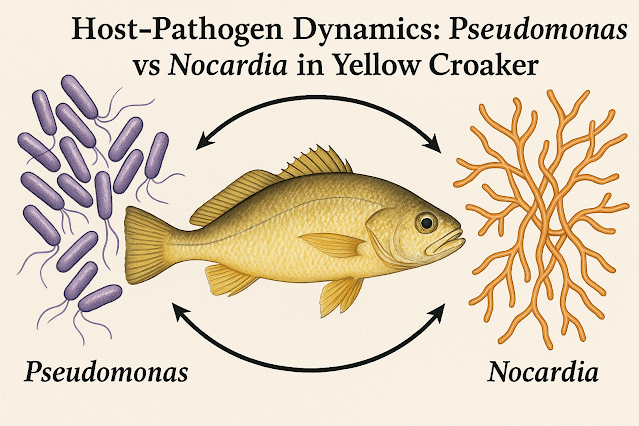INTRODUCTION
The Most Cited Author Award stands as a global testament to research excellence, awarded to individuals whose scholarly work has amassed exceptional citations and influence. Hosted by Pencis Conferences, this recognition is rooted in scientific credibility and real-world impact. It acknowledges the authors whose publications not only advance knowledge but shape global research trends across disciplines such as infectious diseases, life sciences, and healthcare. This prestigious award emphasizes how vital consistent, innovative, and referenced work is to the progress of academic thought and real-world solutions. Through this award, leading scholars gain deserved visibility and acclaim while inspiring the next generation of researchers to pursue groundbreaking paths. It marks a pinnacle of research leadership and collaborative potential.
RESEARCH IMPACT AND CITATION EXCELLENCE
High citation metrics are more than just numbers—they represent the tangible influence of a scholar's work on their field and beyond. The Most Cited Author Award places emphasis on research that is not only prolific but profoundly impactful in shaping methodologies, knowledge dissemination, and future studies. Citation indexes and H-indices help to quantify how research is received, reused, and built upon. This award showcases how such scholarship transforms theoretical knowledge into real-world change, especially in fields like infectious diseases and public health, where timely insights save lives and inform policy.
GLOBAL SCHOLARLY RECOGNITION
Academic visibility on a global platform is key to advancing collaborative science. The Most Cited Author Award acts as an international hallmark, highlighting researchers whose work resonates across borders and cultures. By being recognized at this level, scholars amplify their reach, gain access to prestigious journals, and open doors to global partnerships. As science becomes increasingly interdisciplinary and cross-national, such recognition helps integrate ideas across continents, from high-impact healthcare solutions to life-saving infectious disease control strategies.
ACADEMIC LEADERSHIP AND REPUTATION
This award isn't just about numbers—it honors the intellectual leadership of researchers who guide entire fields with their vision and rigor. Being the Most Cited Author reflects a combination of scholarly excellence, research foresight, and community influence. It helps establish a legacy within the academic ecosystem, positioning researchers as role models and thought leaders. Such a status enhances opportunities for keynote roles, editorial board positions, and greater responsibility in shaping future research agendas.
INNOVATION AND COLLABORATIVE POTENTIAL
The recognition also shines a light on innovation—how novel methodologies, bold hypotheses, and new research frameworks redefine knowledge boundaries. The Most Cited Author Award recognizes these pioneering efforts and boosts researchers’ chances of collaborating across industries, academic institutions, and international bodies. Innovation often thrives when interdisciplinary minds converge, and awardees find themselves at the heart of these transformative intersections, especially in emerging areas of health and biosciences.
MOTIVATION FOR EMERGING SCHOLARS
Beyond honoring established researchers, this award serves as a powerful source of inspiration for early-career scientists and students. It symbolizes what’s possible through persistence, quality, and scholarly dialogue. Young researchers observing these awardees are encouraged to contribute meaningfully, stay consistent, and think globally. The visibility of this recognition encourages institutions to invest in talent, support research funding, and promote international collaboration in high-stakes fields such as infectious diseases.
🔗 Visit: https://infectious-diseases-conferences.pencis.com
📨 Nominate Now: https://infectious-diseases-conferences.pencis.com/award-nomination/?ecategory=Awards&rcategory=Awardee
📝 Registration: https://infectious-diseases-conferences.pencis.com/award-registration/
📧 Contact: infectioussupport@pencis.com
Hashtags
#MostCitedAuthor, #PencisConferences, #InfectiousDiseasesResearch, #GlobalResearchImpact, #AcademicLeadership, #CitationExcellence, #InnovationInScience, #ResearchRecognition, #HindexLeaders, #TopResearchers, #ScholarlyInfluence, #HealthScienceResearch, #LifeSciencesAwards, #AcademicVisibility, #ResearchInspiration, #CrossBorderScience, #InternationalCollaboration, #ScientificInnovation, #PeerRecognition, #PencisAwards,















